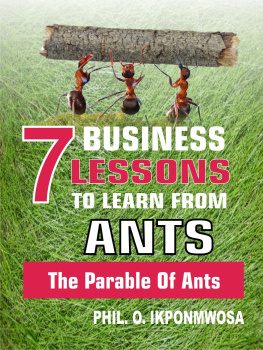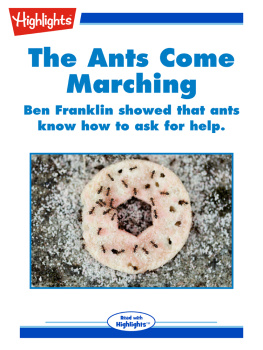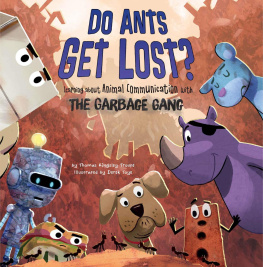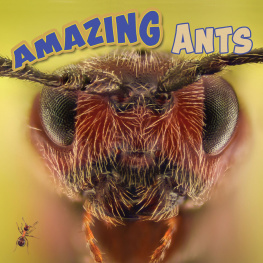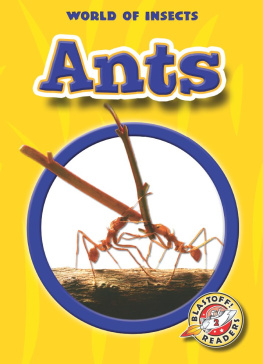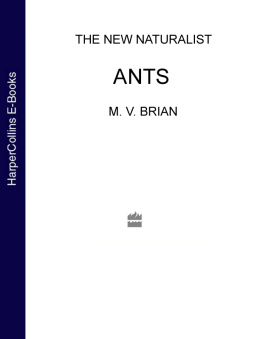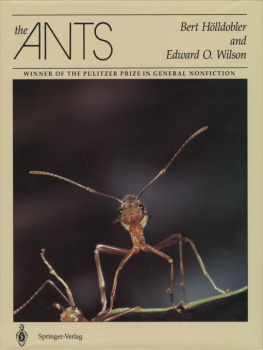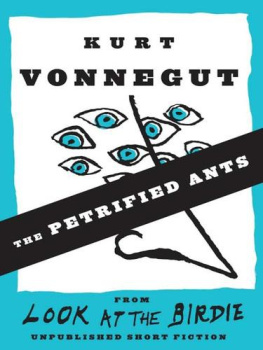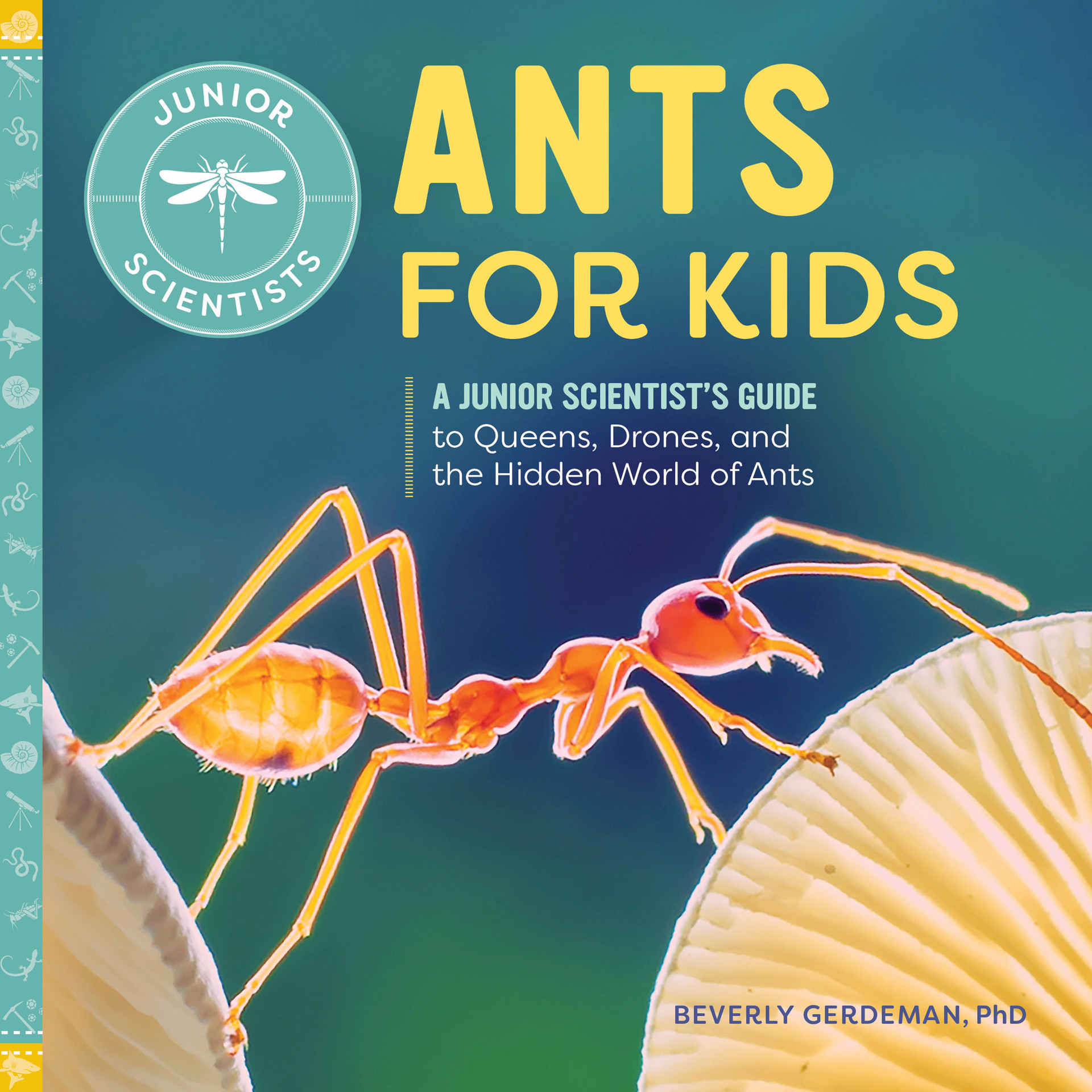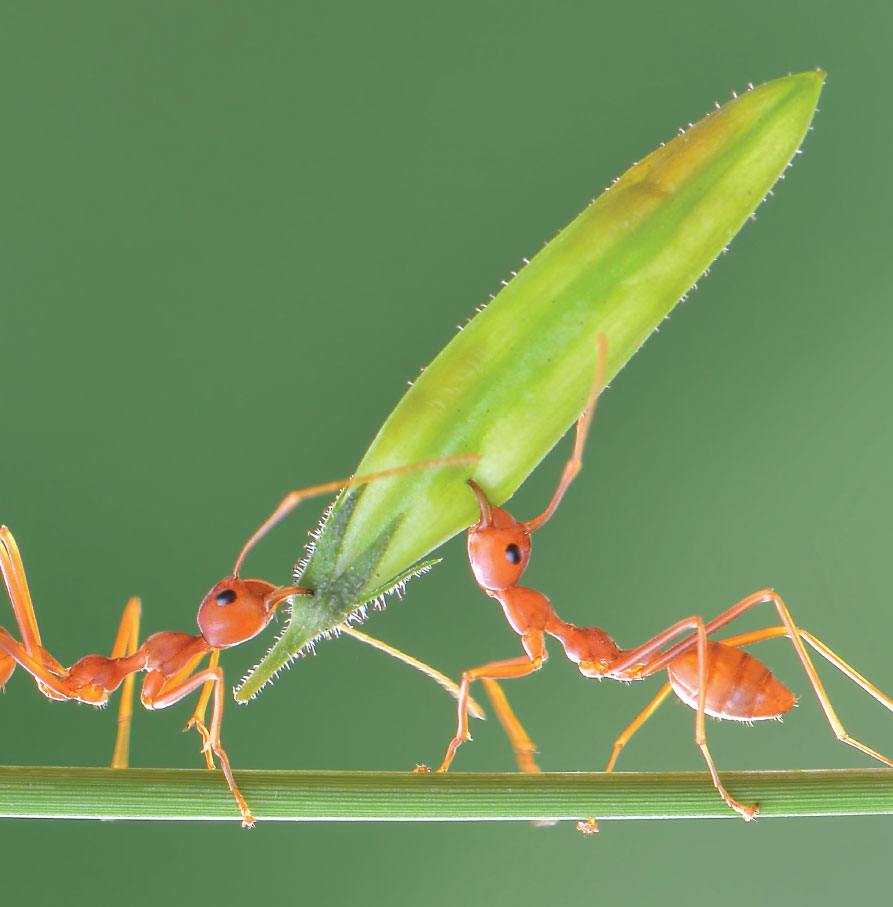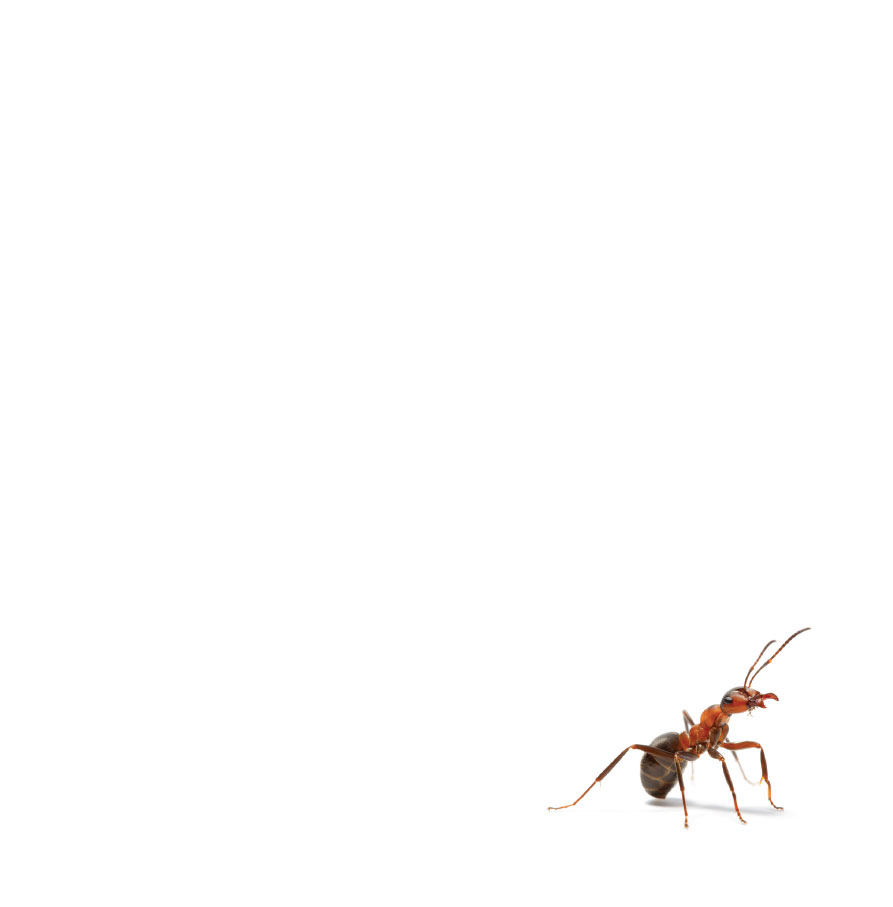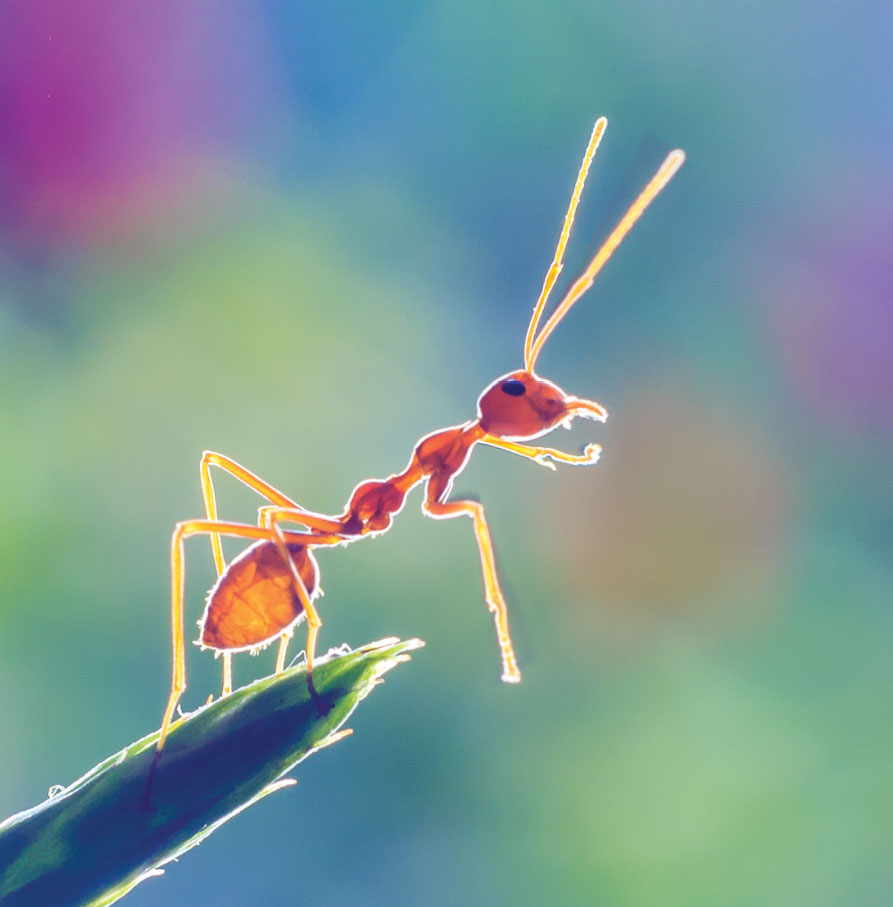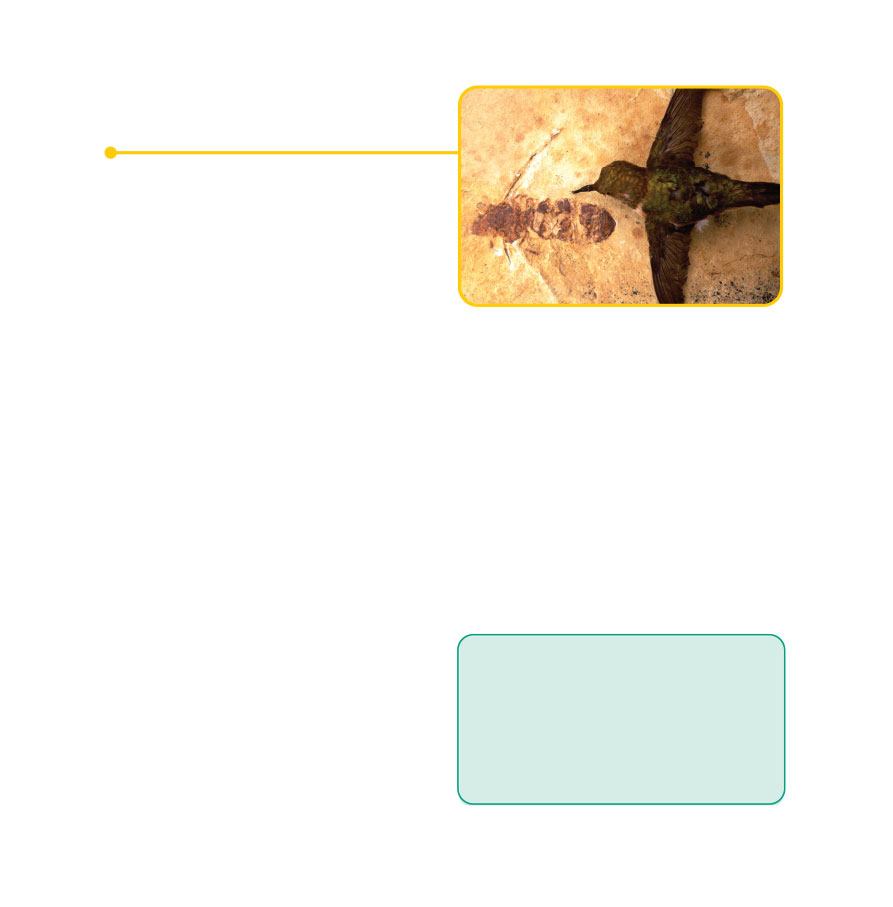To my Junior Scientists: Ana, Erika, Mauria, and Diedre!
Copyright 2021 by Rockridge Press, Emeryville, California
No part of this publication may be reproduced, stored in
a retrieval system, or transmitted in any form or by any
means, electronic, mechanical, photocopying, record
ing, scanning, or otherwise, except as permitted under
Sections 107 or 108 of the 1976 United States Copyright
Act, without the prior written permission of the Publisher.
Requests to the Publisher for permission should be
addressed to the Permissions Department, Rockridge Press,
6005 Shellmound Street, Suite 175, Emeryville, CA 94608.
Limit of Liability/Disclaimer of Warranty: The Publisher and
the author make no representations or warranties with
respect to the accuracy or completeness of the contents of
this work and specifically disclaim all warranties, including
without limitation warranties of fitness for a particular
purpose. No warranty may be created or extended by sales
or promotional materials. The advice and strategies con
tained herein may not be suitable for every situation. This
work is sold with the understanding that the Publisher is not
engaged in rendering medical, legal, or other professional
advice or services. If professional assistance is required,
the services of a competent professional person should be
sought. Neither the Publisher nor the author shall be liable
for damages arising herefrom. The fact that an individual,
organization, or website is referred to in this work as a cita
tion and/or potential source of further information does
not mean that the author or the Publisher endorses the
information the individual, organization, or website may
provide or recommendations they/it may make. Further,
readers should be aware that websites listed in this work
may have changed or disappeared between when this
work was written and when it is read.
For general information on our other products and
services or to obtain technical support, please contact our
Customer Care Department within the United States at
(866) 744-2665, or outside the United States at
(510) 253-0500.
Rockridge Press publishes its books in a variety of electronic
and print formats. Some content that appears in print may
not be available in electronic books, and vice versa.
TRADEMARKS: Rockridge Press and the Rockridge Press
logo are trademarks or registered trademarks of Callisto
Media Inc. and/or its affiliates, in the United States and
other countries, and may not be used without written
permission. All other trademarks are the property of their
respective owners. Rockridge Press is not associated with
any product or vendor mentioned in this book.
Interior and Designer: John Calmeyer
Art Producer: Janice Ackerman
Editor: Mary Colgan
Production Editor: Rachel Taenzler
Photography: Yusnizam Yusof/Shutterstock
Illustrations: 2020 Kate Francis. Interior Photography:
: Antagain/istock;
: Chik_77/
shutterstock; p. : Courtesy of Simon Fraser University
Public Affairs and Media Relations; pp. : Alex
Wild; p. :
Cabezonication/istock; p. : Redmond Durrell/
Alamy Stock Photo; p. top: Redmond Durrell/Alamy
Stock Photo; p. :
Alex Wild; p. : Oliver Thompson-Holmes/Alamy Stock
Photo; p. top: Redmond Durrell/
Alamy Stock Photo; p. bottom: spxChrome/istock;
p. : Redmond Durrell/Alamy Stock
Photo; p. : Redmond Durrell/Alamy Stock Photo;
pp. :
Alex Wild; p. : Pavel Krasensky/Shutterstock
ISBN: Print 978-1-64876-019-8
eBook 978-1-64876-020-4
R0
CONTENTS
WELCOME, JUNIOR SCIENTIST!
Have you ever watched ants and wanted to know more about them? Perhaps youve
seen hundreds of ants scurrying in a long line and questioned where they were
going. Do you wonder what their homes are like, or why some ants can fly? If these
are things youve thought about, you are a junior scientist!
In this book, you will learn about these amazing insectswhere they live, how
they communicate, and what they eat. You will learn about ant
colonies
and the
roles of different family membersqueens,
drones
, and workers. Finally, you will
get up close and personal with some of the most amazing ant
species
in the world
along with common ants you may see in your own backyard.
Do you want to observe ants firsthand? Great! This book will show you how. It
also has tips on starting your own ant farm so you can spy on the secret lives of
ants. Everything you ever wanted to know about ants is right at your fingertips.
Lets start exploring!
PART ONE
AMAZING
ANTS
Ants are everywherealmost.
Antarctica, Greenland, and Iceland
are the only regions that are cur-
rently ant-free. However, ants are
on the move and populating new
areas. Ants are so small that they
can easily stow away in cargo ships,
airplanes, and even backpacks!
Scientists who study ants are called
myrmecologists
. They think Earth
is home to 10 quadrillion (16 zeros!)
of these tiny insects, but no one
really knows for sure. More than
15,000 species have been identi-
fied so far, but many scientists think
there could be at least 9,000 more.
Ants of the Past
Ants are ancient. We have
fossils
to
prove it! Some ants were fossilized
when they got trapped in tree sap that
hardened into amber. Others got stuck
in mud and left imprints that turned to
stone.
Titanomyrma lubei
, the giant
hummingbird-size ant from Wyoming,
was fossilized this way. The oldest ant
fossils are 100 million years old. This is
about when flower and fruit plants
started to grow on Earth. Scientists now


